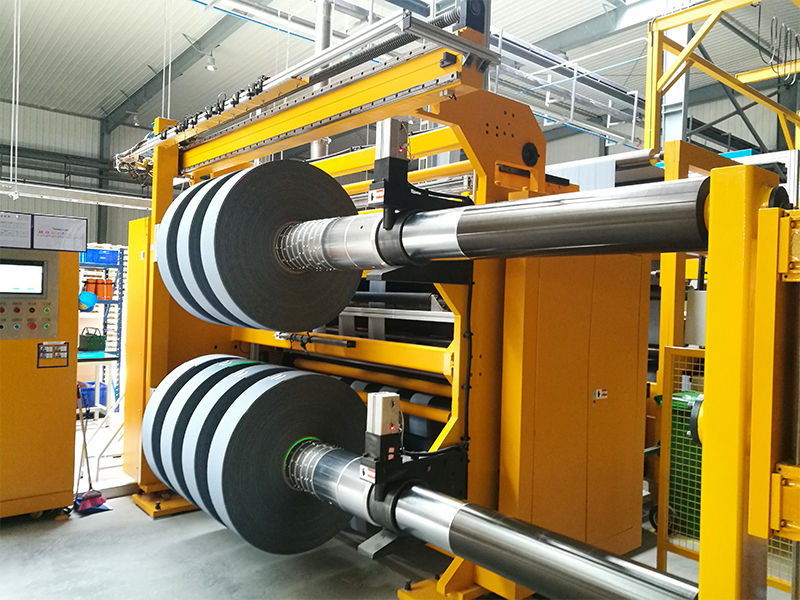
Plastic film slitters use advanced blade technology to handle surface-treated or coated films without damaging the delicate coatings. Blades with special coatings, such as tungsten carbide or diamond, are employed to minimize friction and wear, ensuring a clean cut. Techniques like shear slitting, which involves two blades cutting against each other, and razor slitting, which applies minimal pressure, are preferred to preserve the integrity of the film's surface.
Reduces the risk of damaging delicate coatings.
Provides clean and precise cuts suitable for various coating types.
Tension Control and Web Handling
Slitters feature sophisticated tension control systems that adjust dynamically to accommodate the variable thickness and elasticity of coated films. These systems use feedback from sensors to maintain optimal tension, preventing film deformation or tearing. Web handling mechanisms, including soft-touch rollers and edge position control, ensure that the film is fed through the slitter smoothly and accurately.
Prevents damage to delicate coatings by maintaining consistent tension.
Ensures precise alignment and feeding, critical for coated films.
Static Control and Environmental Conditioning
Static build-up can attract dust and cause handling issues with coated films. To combat this, slitters are equipped with static control systems such as ionization bars that neutralize static charges. Additionally, environmental conditioning systems regulate temperature and humidity to prevent static generation and ensure that coatings are not compromised by adverse environmental conditions.

Reduces static-related issues and prevents contamination from dust.
Maintains the quality of sensitive coatings by controlling environmental factors.
Automated and Precision-Controlled Slitting
Advanced slitters incorporate automated slitting heads with precision control, allowing for fine adjustments to blade settings and pressure. These heads use servo-driven motors and smart sensing technologies to automatically adapt to the specific properties of the coated film, ensuring consistent and damage-free slitting. The ability to quickly reconfigure settings for different films enhances the flexibility and efficiency of the slitting process.
Enables quick and precise adjustments for different film types.
Enhances operational efficiency and reduces the risk of coating damage.
Maintenance and Protective Measures
Regular maintenance is crucial to keep the slitting equipment in optimal condition, particularly when handling surface-treated films. This includes routine sharpening and replacement of blades, as well as calibration of tension and alignment systems. Protective measures, such as non-contact slitting techniques and the use of non-abrasive materials for film guides, further ensure that the coatings remain intact and undamaged throughout the slitting process.
Maintains high-quality slitting performance.
Protects delicate film coatings from damage during processing.
This streamlined approach highlights the essential aspects of handling surface-treated or coated films with plastic film slitters, focusing on the core technologies and techniques that ensure precision and quality.